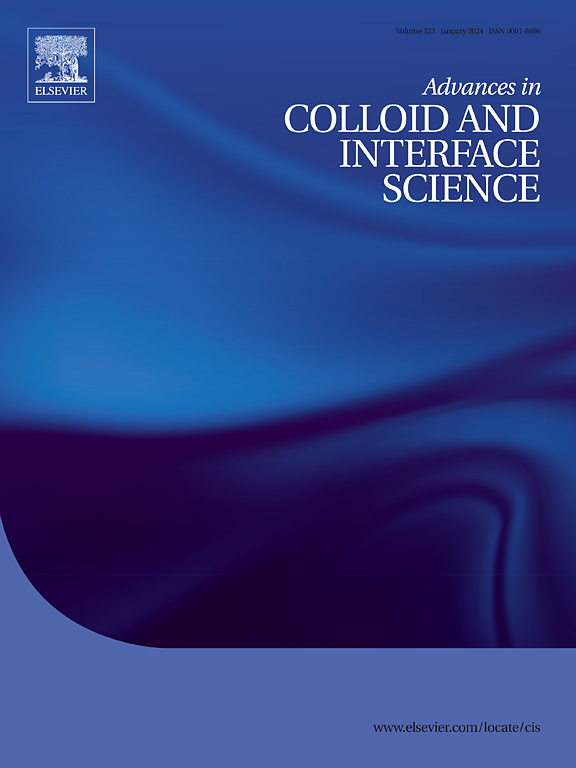Toward self-healing two dimensional MXene coatings for corrosion protection on metals: Design strategies and mechanisms
IF 15.9
1区 化学
Q1 CHEMISTRY, PHYSICAL
引用次数: 0
Abstract
Metallic corrosion leads to high economic losses and security risks, and coating protection is an effective approach to preventing metal from corrosion. However, defects such as cracks and micropores are inevitable in the coating, so it is urgent to develop self-healing coatings for realizing long-term corrosion protection due to the actively protective ability. Though two-dimensional (2D) transition metal carbide or nitride (MXene) coatings have been employed to realize self-healing function, the design strategies of the MXene-based coatings and mechanism on how MXenes inhibit corrosion at the coating-metal interface as well as the roles of MXene in self-healing process remain elusive. In this review, the traditional self-healing coatings and the mechanisms were briefly introduced. Subsequently, the MXene and its anti-corrosive property were discussed. Then, the design and properties of self-healing MXene coatings (synergy with Ce3+, layered double hydroxide, inhibitors, and self-healing polymer) were further discussed. Importantly, the currently proposed self-healing mechanisms of the MXene coatings were summarized and analyzed. Finally, the challenges and prospects for the self-healing MXene coatings were proposed. This review can provide guidance of designing and understanding the mechanisms of the self-healing MXene coatings. It would expand the practical application of 2D MXene on corrosion protection.

开发用于金属防腐的自修复二维 MXene 涂层:设计策略和机制。
金属腐蚀会造成严重的经济损失和安全隐患,涂层保护是防止金属腐蚀的有效方法。然而,涂层不可避免地会出现裂纹和微孔等缺陷,因此迫切需要开发具有主动防护能力的自修复涂层,以实现长期防腐蚀保护。虽然二维(2D)过渡金属碳化物或氮化物(MXene)涂层已被用于实现自修复功能,但基于 MXene 的涂层的设计策略、MXene 如何抑制涂层-金属界面腐蚀的机理以及 MXene 在自修复过程中的作用等问题仍未解决。本综述简要介绍了传统的自修复涂层及其机理。随后,讨论了 MXene 及其抗腐蚀性能。然后,进一步讨论了自修复 MXene 涂层的设计和特性(与 Ce3+、层状双氢氧化物、抑制剂和自修复聚合物的协同作用)。重要的是,对目前提出的 MXene 涂层自修复机制进行了总结和分析。最后,提出了自愈合 MXene 涂层面临的挑战和发展前景。本综述可为设计和理解自愈合 MXene 涂层的机理提供指导。它将拓展二维 MXene 在腐蚀防护方面的实际应用。
本文章由计算机程序翻译,如有差异,请以英文原文为准。
求助全文
约1分钟内获得全文
求助全文
来源期刊
CiteScore
28.50
自引率
2.60%
发文量
175
审稿时长
31 days
期刊介绍:
"Advances in Colloid and Interface Science" is an international journal that focuses on experimental and theoretical developments in interfacial and colloidal phenomena. The journal covers a wide range of disciplines including biology, chemistry, physics, and technology.
The journal accepts review articles on any topic within the scope of colloid and interface science. These articles should provide an in-depth analysis of the subject matter, offering a critical review of the current state of the field. The author's informed opinion on the topic should also be included. The manuscript should compare and contrast ideas found in the reviewed literature and address the limitations of these ideas.
Typically, the articles published in this journal are written by recognized experts in the field.

 求助内容:
求助内容: 应助结果提醒方式:
应助结果提醒方式:


